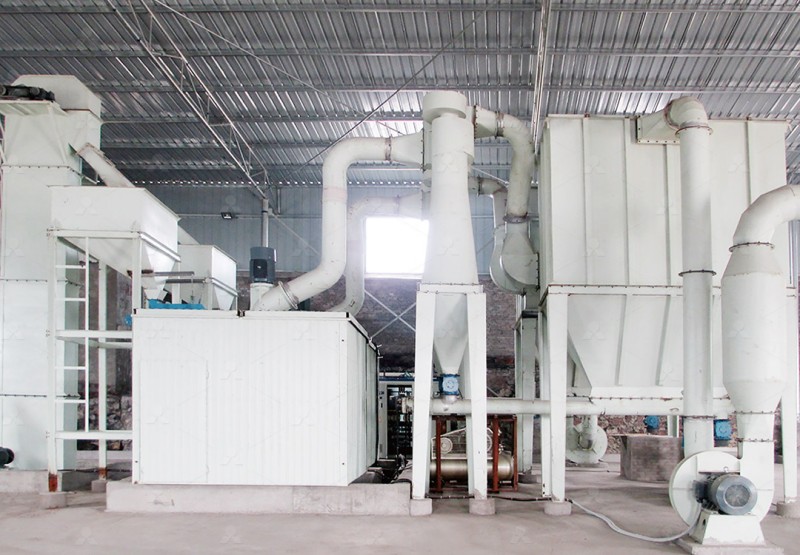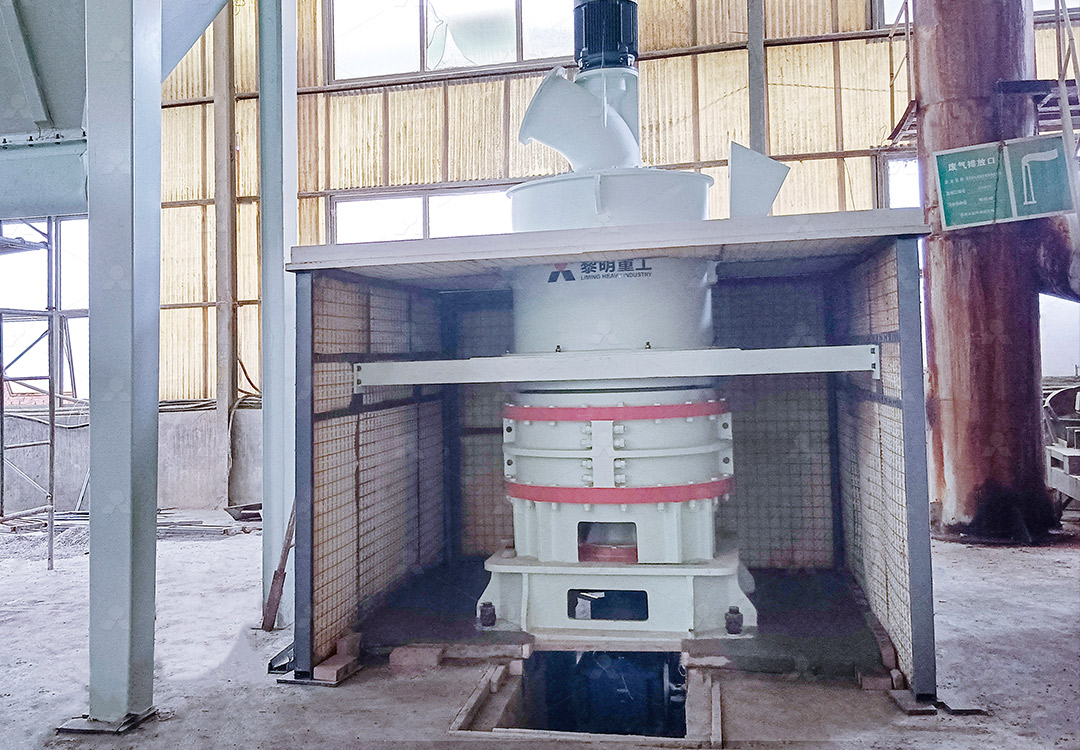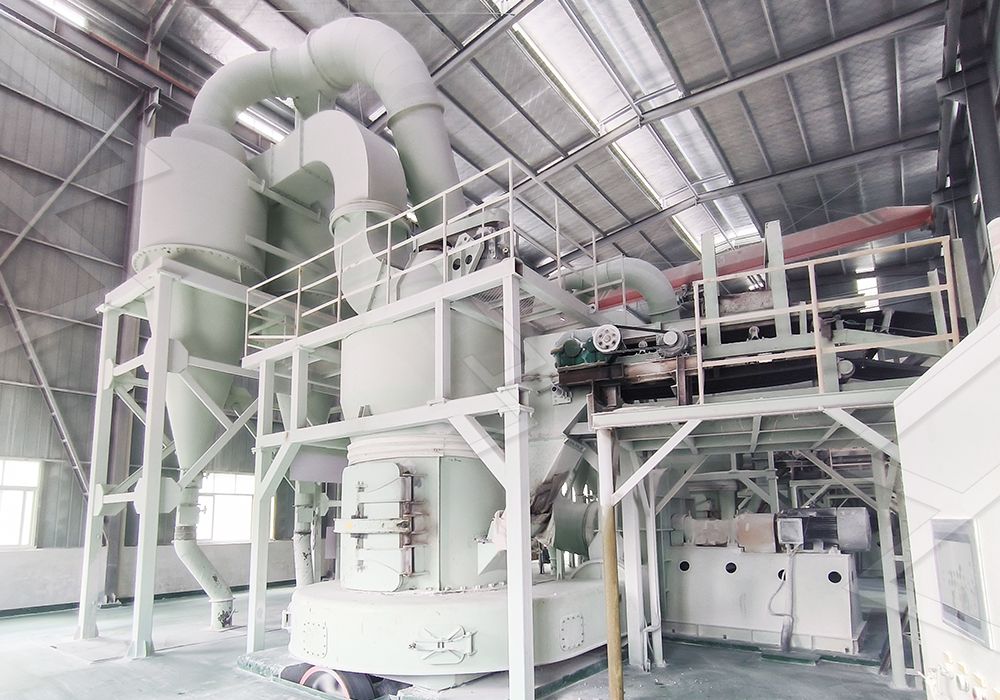10 Best Small Limestone Mills for Efficient Powder Production
10 Best Small Limestone Mills for Efficient Powder Production
Selecting the right grinding mill for limestone powder production is crucial for efficiency, product quality, and operational cost. For small to medium-scale operations, the focus is on compact size, energy efficiency, and the ability to produce a fine, consistent powder. Here’s a rundown of 10 excellent options, with a special highlight on a standout performer from our own lineup.
1. Raymond Mill (R Series)
A classic choice, the Raymond Mill is known for its reliability and small footprint. It’s a solid workhorse for producing coarse to medium-fine powders. Optimized versions offer improved efficiency over traditional designs, making them suitable for smaller operations with lower capacity requirements.
2. Ball Mill
The ubiquitous ball mill is common in many industries. It’s a lower-investment option that can grind a wide variety of materials. While reliable, it can be less energy-efficient for very fine grinding compared to newer mill technologies and may have a larger operational footprint.
3. MTW European Trapezium Grinding Mill
This mill features advanced design elements like a bevel gear overall drive and an inner automatic thin-oil lubricating system. Its split-type shovel blade and pneumatic sealing device enhance production efficiency and product quality by minimizing coarse powder spillage.
4. MTW-Z European Trapezium Mill
An evolution of the MTW, this model boasts a dilute oil lubrication system for the grinding rollers, which is maintenance-friendly. The absence of a shovel blade cylinder increases ventilation area, and its elastic volute damping structure ensures more stable operation.
Our Top Recommendation: MW Ultrafine Grinding Mill
For operations demanding ultra-fine limestone powder without compromising on efficiency or environmental standards, our MW Ultrafine Grinding Mill is a premier choice. Designed for customers needing to make 325-2500 mesh ultra-fine powder, it excels in smaller, high-precision production lines.

Key Advantages for Limestone:
- Higher Yielding, Lower Energy Consumption: Its newly designed grinding curves enhance efficiency. Production capacity is 40% higher than jet mills and double that of ball mills, while system energy consumption is just 30% of a jet mill.
- Adjustable Fineness (325-2500 meshes): A German-technology cage-type powder selector allows precise separation, achieving a fine powder as precise as d97≤5μm in a single pass.
- Eco-Friendly & Reliable: The mill is equipped with an efficient pulse dust collector and muffler, virtually eliminating dust pollution and reducing noise. A unique design with no rolling bearings or screws in the grinding chamber eliminates common failure points and allows for external lubrication without shutdown.
With an input size of 0-20mm and a capacity range of 0.5-25 tph, the MW Series is perfectly scaled for efficient small to medium powder production lines.

5. LUM Ultrafine Vertical Grinding Mill
Another excellent option from our portfolio is the LUM Ultrafine Vertical Grinding Mill. Integrating grinding, grading, and transporting, it’s a fantastic choice for superfine dry powder. It features unique roller shell curves for better product whiteness, multi-head powder separating technology for energy savings (30%-50% less than common mills), and a reversible structure that simplifies maintenance. Its 0-10mm input size and 5-18 tph capacity make it a strong contender.
6. LM Vertical Grinding Mill
Ideal for slightly larger small-scale operations, the LM Mill integrates crushing, drying, grinding, and classifying. It boasts a 50% smaller area and 30%-40% lower energy consumption than ball mills. Its short material lingering time reduces iron content, ensuring high whiteness for premium limestone products.
7. TGM Trapezium Mill
This high-pressure mill uses innovative roller and ring designs to achieve high capacity with low energy consumption. It’s a robust option for producing fine powders from non-flammable materials like limestone.
8. Vertical Coal Mill (Adapted for Limestone)
While designed for coal, the principles of LM Vertical Coal Mills—high efficiency, integrated drying, and stable product quality—can be applied to limestone grinding in certain contexts, especially if slight moisture is present.
9. Vertical Slag Mill (Adapted for Limestone)
Similar to the coal mill, the robust design of a Vertical Slag Mill, focused on grinding industrial waste, can be repurposed for hard limestone materials, offering high wear resistance and reliability.

10. Jet Mill
Although not in our core product line, jet mills are worth mentioning for achieving extremely fine powders through particle-on-particle impact. They can be excellent for specialized, high-purity applications but often come with higher energy costs.
Conclusion
Choosing the best mill depends on your specific needs for fineness, capacity, energy costs, and space. For most small-scale limestone powder producers looking for a blend of ultra-fine capability, remarkable efficiency, and operational reliability, our MW Ultrafine Grinding Mill stands out as a top-tier solution, designed to maximize output while minimizing your environmental footprint and maintenance worries.
